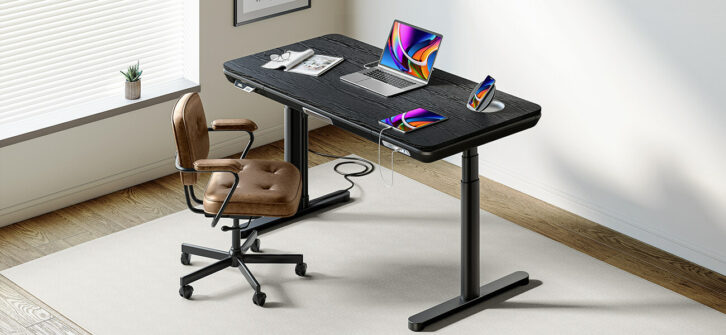
The global pandemic brought about a seismic shift in the way we work and the tools we use to do our jobs on a daily basis. The evolution of workspaces, remote work, consumer behavior, purchasing patterns, and advancements in technology are just a few factors that have contributed to this seismic shift.
As the world continues to navigate this new normal, it’s crucial to understand how these changes are shaping the present and more importantly, the future of work. It’s imperative for businesses, brands, and manufacturers to learn how to properly shift not only strategies, but mindsets to better understand the new normal.
The pandemic had a profound impact on work environments, the changes in consumer preferences, and the technological innovations driving this transformation. In 2019, reports estimated that 5.7% of U.S. employees worked from home about five days a week or more.
Fast forward to post-pandemic, and reports indicate that by 2025, 22% of the U.S. workforce will work remotely – a huge and significant shift. To adjust to this new normal, 60% of companies are operating in a hybrid model, embracing telecommuting. As companies of all sizes and industries adjust, the definition of ‘the office’ or ‘workspace’ is going to continue to evolve over time – as the global pandemic has already proven. This shift transformed the way employees interact in their work environments, but also created a demand for tools and work setups that enhance productivity.
With the rise of remote work, brands, business owners, and manufacturers have been forced to reinvent themselves entirely, including their services, products and solution offerings, in addition to where they work. Reports indicate that 65% of workers desire to work from home or remotely permanently, while 35% prefer a hybrid environment or schedule.

Keeping in mind this uptick in new work models, the demand for the right office equipment increased. With flexibility as a new priority for U.S. professionals, manufacturers have shifted to developing equipment and accessories that are adaptive, ergonomic, and technologically advanced beyond conventional furniture.
Beyond the change and shift of work environments, the pandemic has altered what consumers are looking for in office equipment. In previous years, factors like style and price were at the forefront of consumers’ minds when purchasing. Now, consumers are seeking convenience with features that make their daily lives easier, like advanced technology integrations, in addition to functionality.
Americans are constantly connected, whether it’s on their cell phones, tablets, laptops, or multiple devices at one time. With new expectations of convenience and connectivity, comes a new standard that consumers are looking for – specifically for new work environments. For example, desks are no longer just to work at but need to incorporate the new standard, meaning they must provide convenience, connectivity, and advanced technology.
Working professionals aren’t just seeking desks to sit at, but a tool to make their lives easier. Manufacturers are now developing sit-to-stand desks with advanced technology, with mobile app integrations so users can monitor their standing time, send prompts for when it’s time to stand and adjust to the proper height.
Sit-to-stand desks are now developed and designed to optimize work and increase productivity. Technological advances like power sources, outlets, ports, and charging stations are just a few new advancements manufacturers have implemented to meet the demand of the new normal.
Moreover, consumers, now more than ever, are environmentally conscious as 32% of U.S. consumers consider the environment before making a purchase. The heightened awareness is in response to concerns about climate change and the overall impact of consumerism on the planet. Data shows that 48% of consumers actively look for eco-friendly labels, but are also willing to pay a premium for environmentally friendly products.
Consumers are demanding transparency from brands – another major shift in consumer behavior, but an opportunity to invent and keep up with the new normal. Brands are taking major steps toward a more sustainable future, products, and business models. Packaging of small- to large-scale products is now using sustainable, biodegradable, or recyclable packaging. Moreover, brands are investing in research and development in order to invent more sustainable products.
In this evolving landscape of work and consumer behavior, it’s evident that the pandemic brought about a major shift and reshaped our world, prompting new inventions, technologies, and business models – globally. As remote and hybrid works continue to gain prominence and become the norm, businesses and manufacturers will continue to evolve. Sit-to-stand desks, for example, were once a niche product group and are now a prominent tool at the forefront of this transformation.
As consumers seek products that align with their values, eco-friendly conscious products and brands’ transparency of their sustainability efforts will shift to attract and meet the new era of consumers. Brands and manufacturers will invent newer technologies that enable connectivity, convenience, but also ‘smart home’ features as IoT trends continue to rise. As this seismic shift continues to evolve, it’s imperative that businesses and brands navigate this new terrain with a commitment to not only meet but lead the demands for inventing for the new normal.
See also: It’s Not Your First Time, But It’s Their First Time













